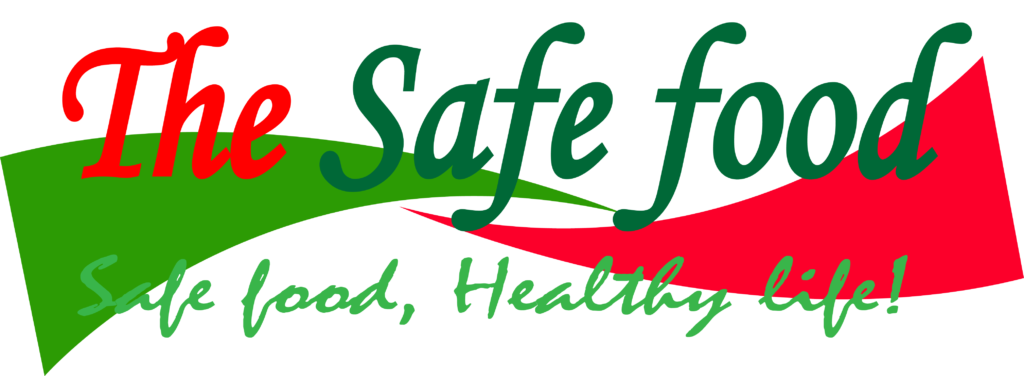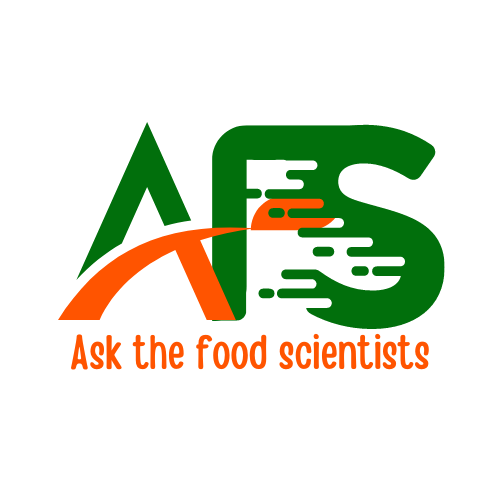Food safety and food quality are inseparable aspects that ensure the well-being and satisfaction of consumers. This article emphasizes the critical link between the two, highlighting how the absence of safety compromises overall quality.
By prioritizing safety measures, producers can guarantee that their products meet not only regulatory requirements but also the highest standards of taste, nutrition, and sensory experience.
If a food product meets stated requirements, whether by the manufacture, the government, industry groups or the consumers, it is said to be of good quality.
Some of those quality characteristics include that may be stated include:
- Colour attributes
- Flavour
- Protein quality
- Mineral content
- Microbial quality such as Coliform counts, yeast and mold counts etc
- Level of aflatoxins
Some of these quality attributes are safety characteristics that are geared towards ensuring that the food is safe and cannot harm the consumers. Thus, food cannot be termed to be of good quality unless the safety of the food is assured.
Some safety aspects include:
- Aflatoxin content
- Coliform counts
- Salmonella presence
- Physical hazard presence
While food safety is an essential aspect of food quality, the two terms are not entirely interchangeable. Food quality encompasses a broader range of attributes beyond safety alone.
Food safety knowledge is for all!

Every consumer deserves to have high quality and safe food. …Read more!

Food safety specifically focuses on ensuring that food products are free from biological, chemical, and physical hazards that can cause harm or illness to consumers. It involves practices and measures to prevent, detect, and control contamination throughout the entire food production and supply chain.
On the other hand, food quality encompasses various factors that contribute to the overall value, desirability, and satisfaction derived from consuming food. It includes aspects such as taste, texture, appearance, nutritional value, freshness, and sensory attributes. Food quality also considers factors like authenticity, consistency, and adherence to regulatory standards.
While food safety is an indispensable component of food quality, a product can meet safety requirements without necessarily meeting all aspects of quality. For instance, a food product may be free from contamination and pose no immediate health risks, but it may lack desirable taste, texture, or nutritional value.
Both food safety and food quality are crucial considerations for food producers, regulators, and consumers. Striving for high standards in both areas ensures that food products are safe, wholesome, and meet or exceed consumer expectations.
Our Blog ↗
Read the latest from our blog
Ask a Question ↗
Ask a question and get answers from our community
Give Feedback ↗
We value your feedback.
Our Blog ↗
Read the latest from our blog
Ask a Question ↗
Ask a question and get answers from our community
Give Feedback ↗
We value your feedback.

